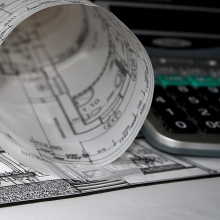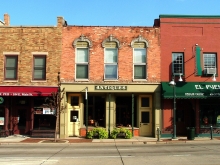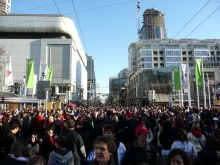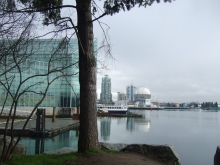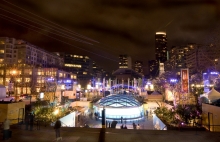Integrated Project Collaboration Software: The Missing Link for IPD
Integrated Project Delivery (IPD) is the new paradigm in design and construction. At its core, IPD means bringing all of the parties in a typical construction project—owner, architect, and builder—together as early as possible in a more robust partnership than is traditionally seen in construction. A true IPD partnership involves changing how the project team is configured, how contracts are written, how risk is shared, how decisions are made, and the tools that are used to communicate information. Today some projects are implementing IPD in its pure form, while others are making incremental steps towards it.

